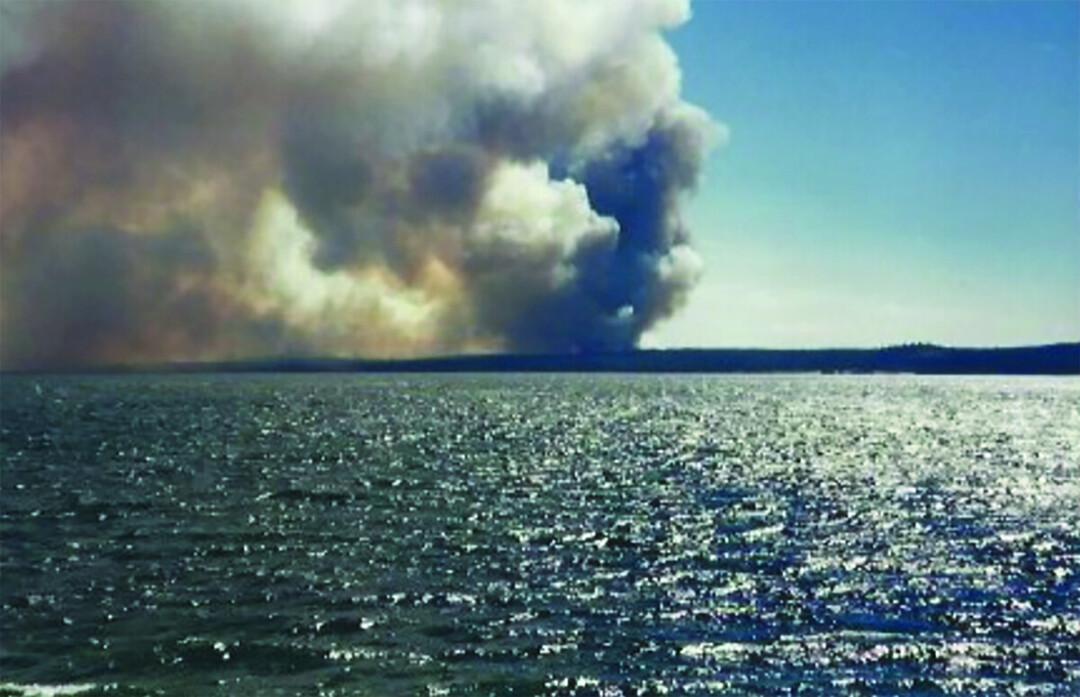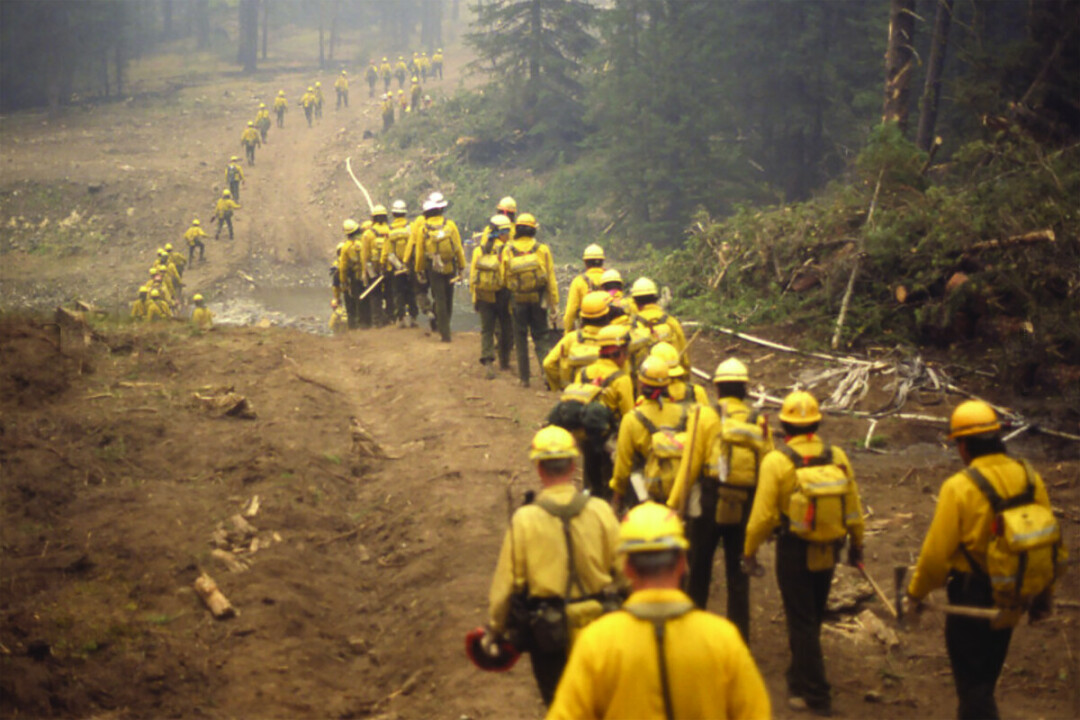The Epic Yellowstone Fires of 1988
Rick Gale | Wednesday Jun. 1st, 2022

One of my most memorable seasons in Yellowstone was in 1988. The fires of ’88 burned 1.4 million acres in the Greater Yellowstone Ecosystem and 36% (793,880 acres) of Yellowstone National Park. These fires were the result of environmental and human factors.
Yellowstone usually experiences afternoon showers three or four days each week during the summer, but in 1988 no measurable rain fell for almost three months. By the end of July, a combination of dry tinder, lightning, high winds, and the human effects of outfitters and woodcutters had caused a series of separate fires to join and burn out of control.
There were days in the Lake Village Area when you could see fire storm clouds in every direction—pyro cumulonimbus clouds, which NASA has called the “fire-breathing dragon of clouds” for the thunderbolts they hurl at Earth.
We tried our best to keep the park open, but it got to a point when there had to be intermittent road closures to keep visitors safe and allow firefighters to get through. As a law enforcement ranger, I escorted media and visitors, closed roads, and manned barricades when the fire made a run at Canyon Village, sending flames roaring 200 feet high.
One of my assignments was to brief inmate firefighters on bear safety in the backcountry—talk about deer in the headlights after hearing what could happen if they didn’t heed my bear warning!
At the peak of firefighting efforts, 9,500 military and civilian firefighters were engaged, employing dozens of helicopters and more than 100 fire trucks to try to stop the blazes. Despite the largest fire-fighting effort in the history of the nation at that time, it was weather that finally contained the fires, when snow fell in September.
Forest fires are scary; that’s not a secret. But with a little extra care and attention when out enjoying our national parks and forests, many are very preventable.

When Camping, Be Wary of Your Campfire.
Be sure to extinguish your campfire not only when you go to sleep, but also whenever you are not at your campsite. A campfire should always be monitored. Additionally, it needs to be contained. Make sure that nothing flammable is near the fire. If it’s too windy and trees are swaying, that can indicate a higher risk; you may not want to start a campfire.
Be sure to obey posted signs. If you are staying at a designated campsite, read the postings as you enter. They will likely notify you of the current fire danger and whether or not campfires are allowed.
Make sure that all lighters, matches, and cigarette butts are properly disposed of.
Cars can start forest fires, as well. Do not park your hot car on dry grass. The heat will spread to the grass, which can unintentionally lead to brush fires.
| Tweet |
